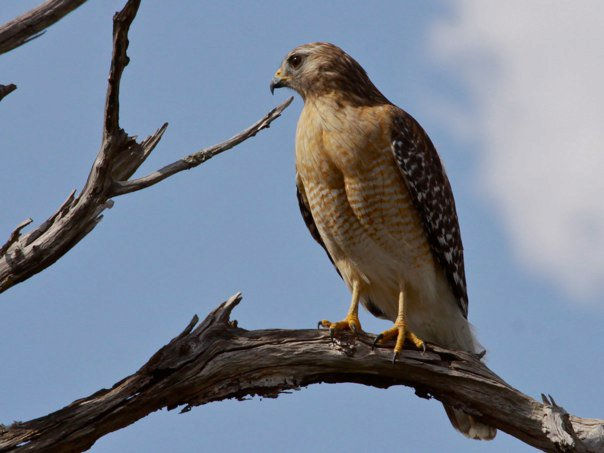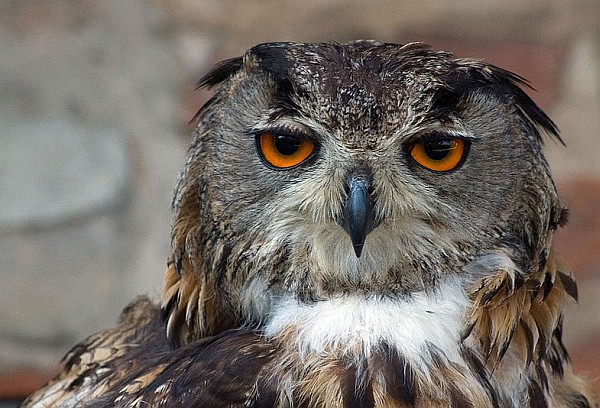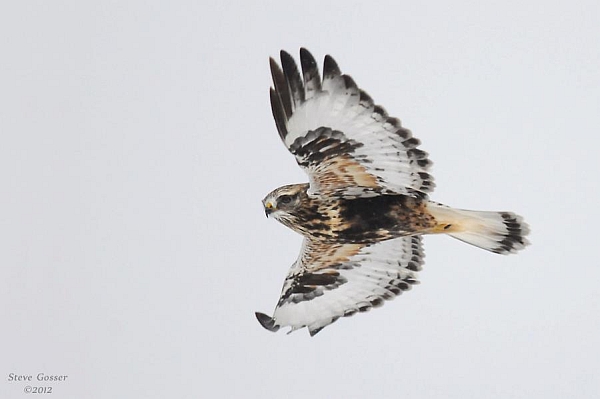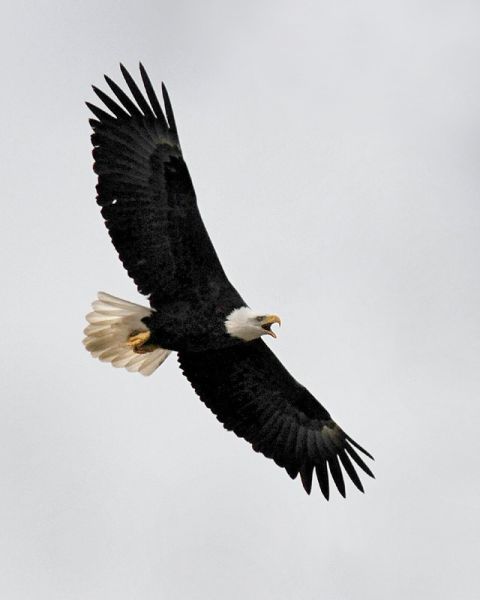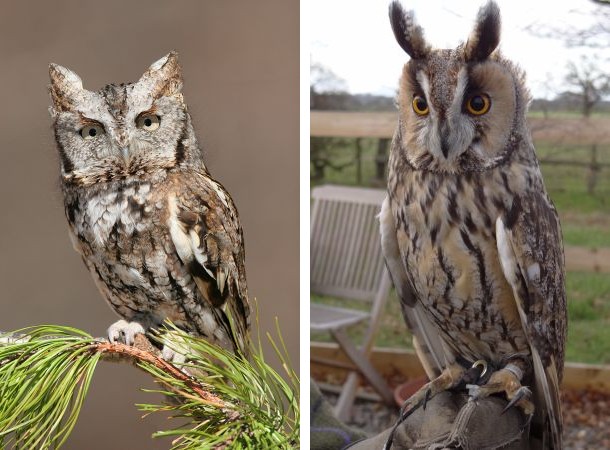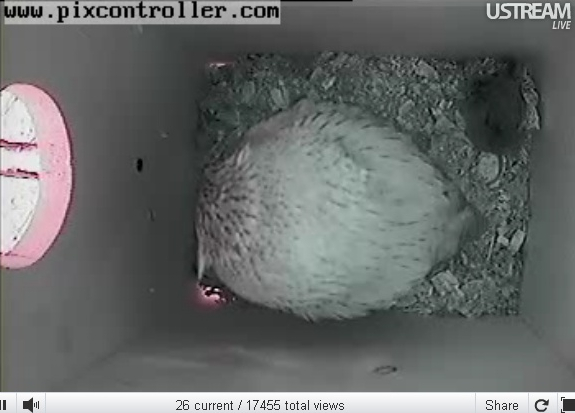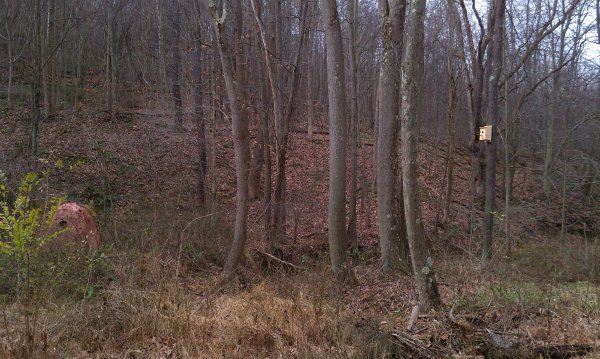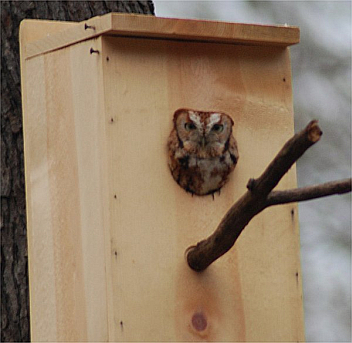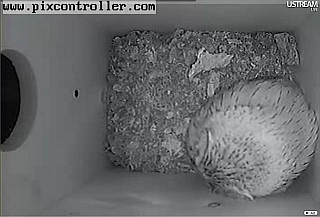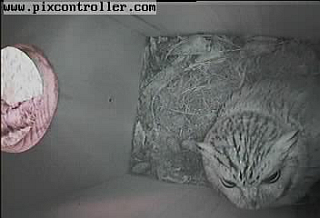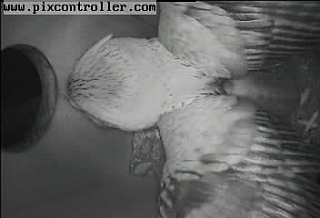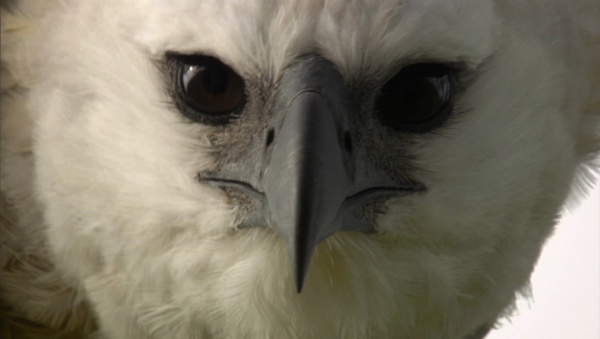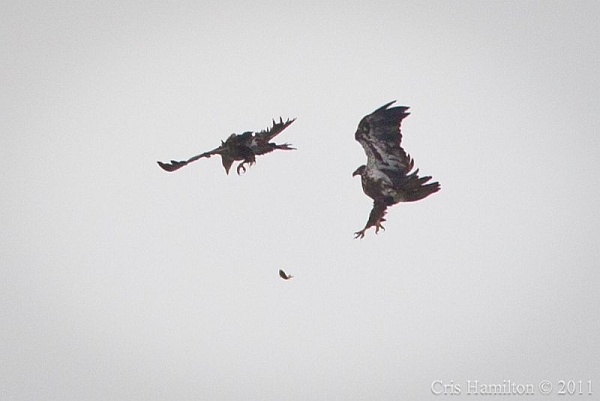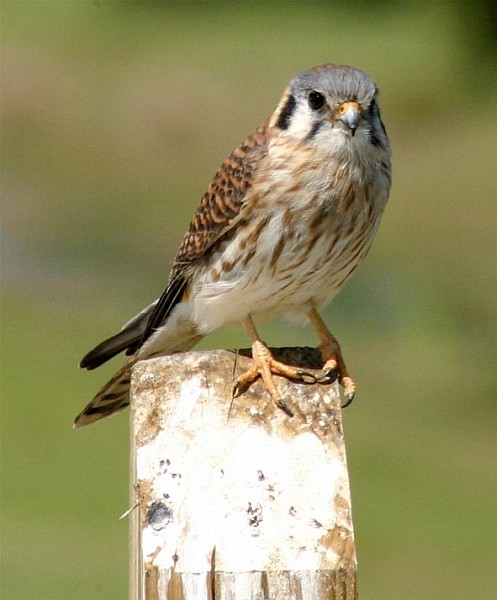
Last month I was amazed when an American kestrel and a peregrine falcon both perched on the Cathedral of Learning. The peregrines usually don’t allow any other species up there.
When I reported the incident on PABIRDS Art McMorris, who manages the PA Game Commission’s peregrine program, responded with an amazing story about the two species.
Seventeen ago peregrines were so rare in Pennsylvania that the Game Commission conducted a reintroduction program in the Allentown area. Downy nestlings were placed in hack boxes and provided with food until they grew up and flew on their own. Until they were ready to fledge the open side of the hack box was protected with bars.
Jeff Luzenski managed the hack boxes in Allentown and made sure the young peregrines had everything they needed. The one thing they didn’t have was a mother… until a female kestrel stepped in.
Art told me what Jeff saw: “A female American Kestrel frequented one of the boxes, apparently attracted by the begging calls of the young peregrines and the sight of the downy young. She would walk into the box (she could fit through the bars), tear bits of meat from the quail provided for the peregrines, and feed them. The maternal instinct was that strong, and the begging calls and behavior of the young peregrines were that universal! As the peregrines got older, larger and more rambunctious, the kestrel would stay outside the bars while feeding the young.”
Though kestrels are smaller than peregrines (one quarter their weight) they share a family resemblance because both are falcons. Apparently the resemblance extends to their cries for food.
I imagine the young peregrines asked her, “Are you my mother?”
She was certainly surprised by their size!
(photo of a female American kestrel by Chuck Tague)
